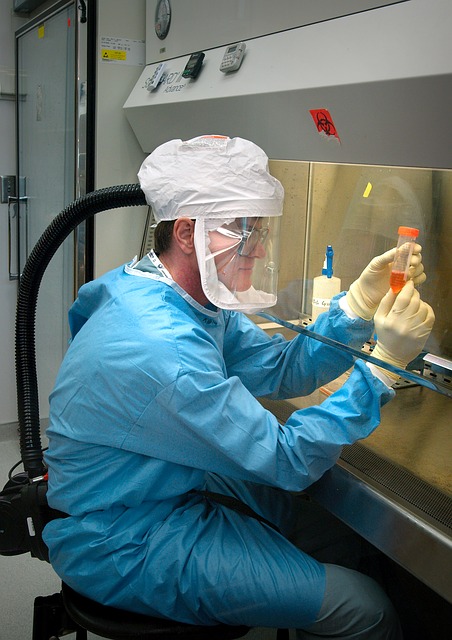
Participating in sports has long been part of childhood, but parents and medical professional have been seeing an alarming trend on the rise: concussions in youth sports. Concussions have made headlines in recent years due to the link between concussions sustained in professional football and a progressive degenerative brain disease known as Chronic Traumatic Encephalopathy (CTE). The case has put the spotlight on concussions in youth football leagues and other high-contact sports like hockey.
What is a Concussion?
Let’s define what is a concussion and why it is serious. A concussion is a traumatic brain injury that occurs when there’s a jolt or violent shake of the upper body and head or just the head. This motion stretches the brain tissues and tears the nerves. This leads to a wide range of physical symptoms and psychological effects. Common physical symptoms are continuing headaches, migraines, neck pain, sensitivity to light, loss of balance, blurred vision, and more. Psychological symptoms include memory loss, lack of concentration, mood changes, indecisiveness, and more.
For young athletes, concussions occur in a variety of youth sports, not just football. Besides football, the most common sports with a high rate of concussions in young athletes include soccer, lacrosse, wrestling, and ice hockey. While concussion-related injuries have made headlines with athletes in professional sports leagues, youth are considered to be more vulnerable to sports-related concussions because the brain is still developing. An adult or youth athlete experiencing repeated concussions puts him or her at higher risk of depression and early-onset dementia.
Why is it Hard to Detect a Concussion?
Even with all these negative symptoms, most concussions don’t result in loss of consciousness. Many times, the symptoms of a concussion show up days or weeks later, thus delaying the diagnosis. Another aspect that delays the detection of a concussion is a culture of resistance. Young athletes are encouraged to tough injuries out, or sometimes parents or coaches play down the seriousness of the risk or injury. Both scenarios leave concussions untreated until after the sports season is over.
This leads to another reason to why concussions are to diagnose: medical professionals are looking at the symptoms like migraines or dizziness to determine the injury. A concussion is not an obvious manifestation of an injury like a broken bone. This makes it hard to know whether or not to go to the doctor for treatment.
Advancements in Bioscience to Treat Concussions
Commercial bioscience, a specialty of Dr. Bruce Eaton, is developing ways to make it easier to detect concussions earlier. A promising bioscience treatment is identifying concussions through blood tests. According to a recent article in Bioscience Technology, a recent study found that “a protein linked with head trauma may be present in blood up to a week after injury.”
Head injuries are known to cause proteins from the brain cells to leak into the blood stream. Doctors in Florida were able to analyze blood samples from people that came in for treatment after a car accident, fall, participating in a sport or other another activity. The blood samples, which were taken four hours after the injury and periodically for the rest of the week, were analyzed for the presence of two types of proteins found in brain cells.
The analysis found that the levels of proteins were higher in patients who had concussions compared to patients who did not have concussions. Each protein varied in the how long they could be detected in the blood stream in the days following the injury.
This bioscience development helps to diagnosis patients with concussion sooner than later. A delay in diagnosing concussions is one of the major issues that exasperate the problem. Many people put off a diagnosis for concussions until symptoms persist, and it is the symptoms are what doctors rely on to diagnosis a concussion. However, the detection of brain cell proteins in blood tests is an encouraging sign for earlier diagnosis of concussions, which results in faster treatment of the individual.
Other Advancements in Treating Concussions
The typical treatment for concussions involves rest from physical activities and others that required concentration, such as staying in a darken rooms or turning off screen time. However, recent research is showing concern that rest-type treatment plans for concussion patients are worsening or reinjuring the brain.
That’s why some doctors are leaning toward a more active treatment of concussions. Vestibular therapy is exercise-based therapy that aims to improve balance and reduce dizziness. This type of therapy involves assessing balance in multiple positions and examining the eye’s ability to track movement. Some doctors have been allowing concussion patients to occasionally participate in activities that required concentration like reading or having screen time like texting, just as long as headache or dizziness are kept in check.
Parents are becoming more alert of the symptoms and issues related to concussions, and with the help of advancements in bioscience and treatments, youth who receive concussions can get the help they need sooner rather than later.
